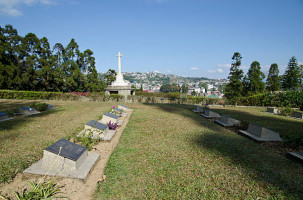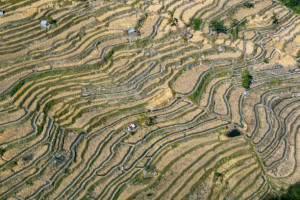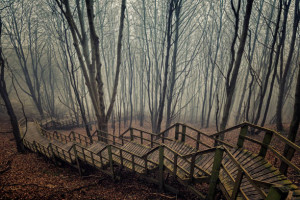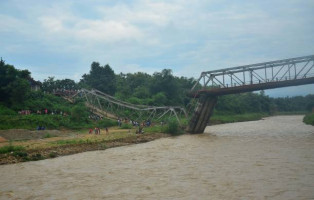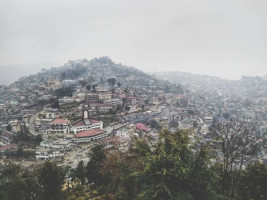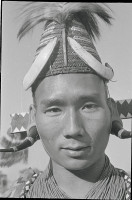Hi User
Navigation
0 Dzukou valley Tour Packages
Get Upto 30% Off on Booking within 7 Days
4.8
Rating
Rating
TAAI
Member
Member
100K+
Happy Travellers
Happy Travellers
24x7
Support
Support
About Dzukou valley - Customise & Book at Best Rates
About Dzukou valley
Dzukou Valley Travel Guide
Dzukou Valley is a hidden gem nestled in the northeastern state of Nagaland, India. Known for its pristine beauty, this valley is a paradise for nature lovers and trekkers alike. The valley is famous for its stunning landscapes, diverse flora and fauna, and the unique Dzukou Lily that blooms in abundance during the monsoon season.Top Attractions in Dzukou Valley
1. **Dzukou Valley Trek**: A challenging yet rewarding trek through lush greenery and rolling hills. 2. **Dzukou Lily**: Witness the breathtaking sight of the rare Dzukou Lily in full bloom. 3. **Japfu Peak**: Climb to the highest peak in Nagaland for panoramic views of the valley.Dzukou Valley is Famous for
Its stunning landscapes and the rare Dzukou Lily.Top Attractions in Dzukou Valley
- Dzukou Valley Trek - Dzukou Lily - Japfu PeakWhat's Great about Travelling to Dzukou Valley?
- **Nature Lovers**: Ideal destination for those seeking tranquility amidst nature. - **Trekking Enthusiasts**: Perfect for adventurers looking for challenging treks.What's Not So Great about Travelling to Dzukou Valley?
- **Limited Facilities**: Basic amenities are limited in the valley. - **Trekking Difficulty**: Not suitable for beginners or those with mobility issues.Travel Tips for Dzukou Valley
- **Visa**: Indian nationals do not require a visa to visit Nagaland. - **Transportation**: Hire a local guide for the Dzukou Valley trek for a safe experience. - **Safety**: Be prepared for changing weather conditions and carry essentials like water and snacks.Important Dzukou Valley trip information
- Ideal Duration: 2-3 days to explore the valley and enjoy trekking.
- Best Time to Visit: The best time to visit Dzukou Valley is during the monsoon season from June to September when the Dzukou Lily blooms.
- Nearby Airports and Railway Stations: The nearest airport is in Dimapur, and the closest railway station is in Dimapur as well.
Read More
Packages by Themes
Showing 0 Dzukou valley Tour Packages
Loading more packages...
Please wait
No more packages to load
You've reached the end


